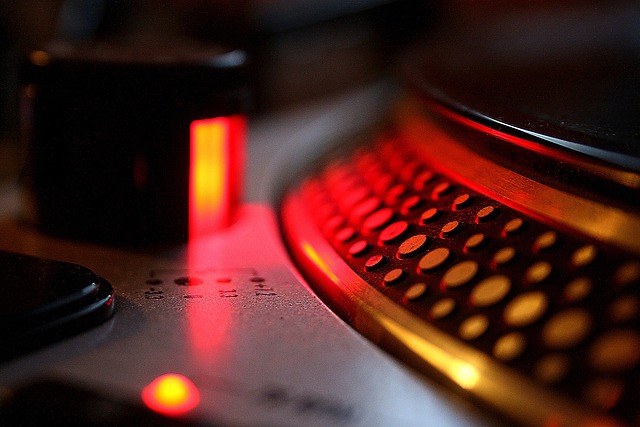
Turntables Dj
Understanding DJ Turntables
In the world of music, turntables have carved out a significant niche, particularly among DJs and audiophiles. These devices are not just tools for playing records; they are instruments that enable creativity and expression. This article explores the various aspects of DJ turntables, including their features, types, and how they have evolved over time.
The Basics of Turntables
At their core, turntables are designed to play vinyl records. They work by spinning the record at a consistent speed while a stylus reads the grooves, converting the mechanical vibrations into electrical signals. This process allows music to be amplified and played through speakers. For DJs, turntables offer the ability to manipulate sound in real-time, creating unique mixes and transitions.
Types of DJ Turntables
There are primarily two types of turntables used by DJs: direct drive and belt drive.
- Direct Drive Turntables: These are favored by most professional DJs due to their quick start-up times and high torque. The motor is directly connected to the platter, allowing for immediate response when starting or stopping the record. Models like the Technics SL-1200 series are iconic in this category.
- Belt Drive Turntables: These models use a belt to connect the motor to the platter. While they may not offer the same level of torque as direct drive models, they are often preferred for home listening due to their ability to reduce vibrations and provide a warmer sound.
Key Features of DJ Turntables
When selecting a turntable for DJing, several features should be considered:
- High Torque Motor: Essential for quick starts and stops, a high torque motor allows DJs to perform techniques like scratching effectively.
- Pitch Control: This feature enables DJs to adjust the speed of the record, allowing for seamless mixing between tracks.
- Built-in Preamp: Some modern turntables come with a built-in preamp, making it easier to connect to speakers or audio interfaces without needing additional equipment.
- Durability: A sturdy build is crucial for turntables used in live settings. Features like detachable power and audio cables can enhance longevity and ease of use.
The Evolution of Turntables
Turntables have undergone significant changes since their inception. The early models were purely mechanical, but advancements in technology have led to the development of digital turntables that can play music files from USB drives or SD cards. These modern devices often include features like digital displays and built-in effects, allowing for greater versatility in performances.
Choosing the Right Turntable
When selecting a turntable, consider your primary use. For professional DJing, direct drive models like the Pioneer PLX-1000 offer the necessary features for live performances. For home listening, a quality belt drive turntable may provide a more enjoyable experience. Additionally, consider factors such as budget, space, and whether you prefer analog or digital options.
Conclusion
DJ turntables are more than just equipment; they are a gateway to creativity and musical exploration. Whether you are a seasoned DJ or a vinyl enthusiast, understanding the different types and features of turntables can enhance your experience. As technology continues to evolve, the world of DJing remains vibrant and full of possibilities.

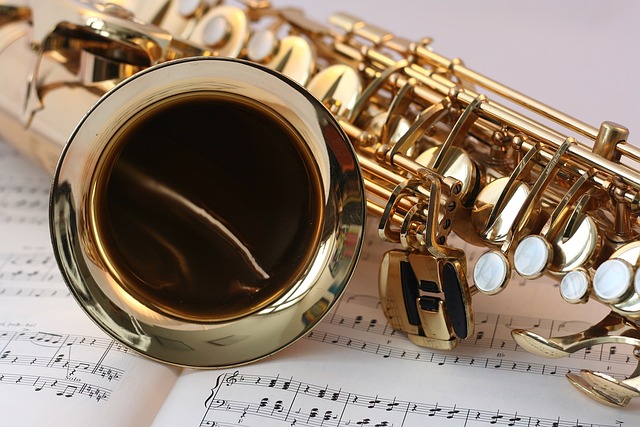



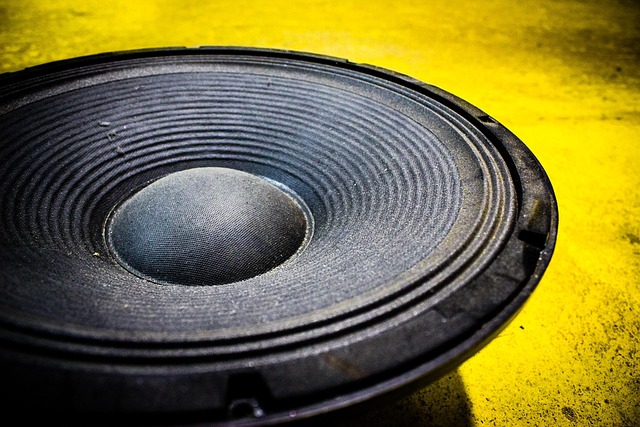

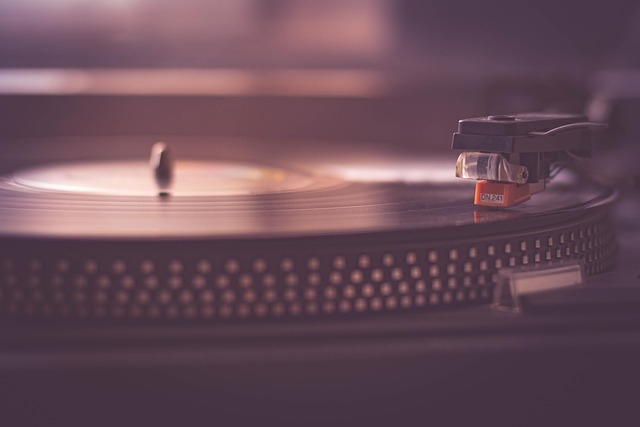

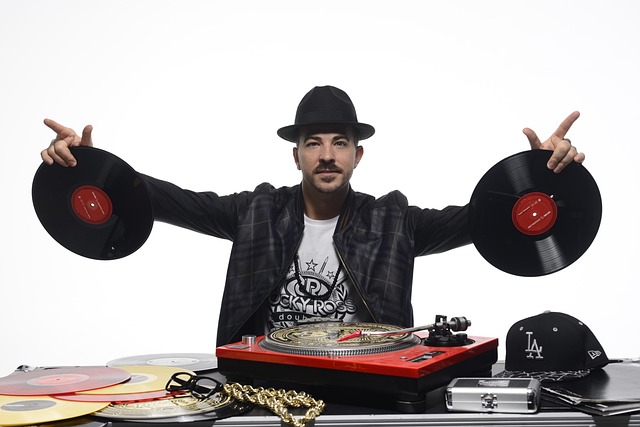



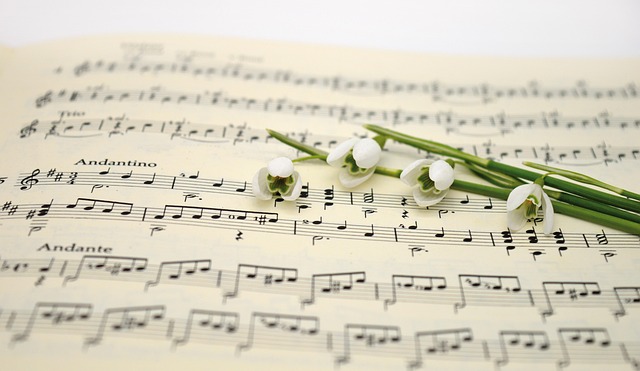



 Unpacking the Views Tracklist
Unpacking the Views Tracklist 
 Health
Health  Fitness
Fitness  Lifestyle
Lifestyle  Tech
Tech  Travel
Travel  Food
Food  Education
Education  Parenting
Parenting  Career & Work
Career & Work  Hobbies
Hobbies  Wellness
Wellness  Beauty
Beauty  Cars
Cars  Art
Art  Science
Science  Culture
Culture  Books
Books  Music
Music  Movies
Movies  Gaming
Gaming  Sports
Sports  Nature
Nature  Home & Garden
Home & Garden  Business & Finance
Business & Finance  Relationships
Relationships  Pets
Pets  Shopping
Shopping  Mindset & Inspiration
Mindset & Inspiration  Environment
Environment  Gadgets
Gadgets  Politics
Politics 